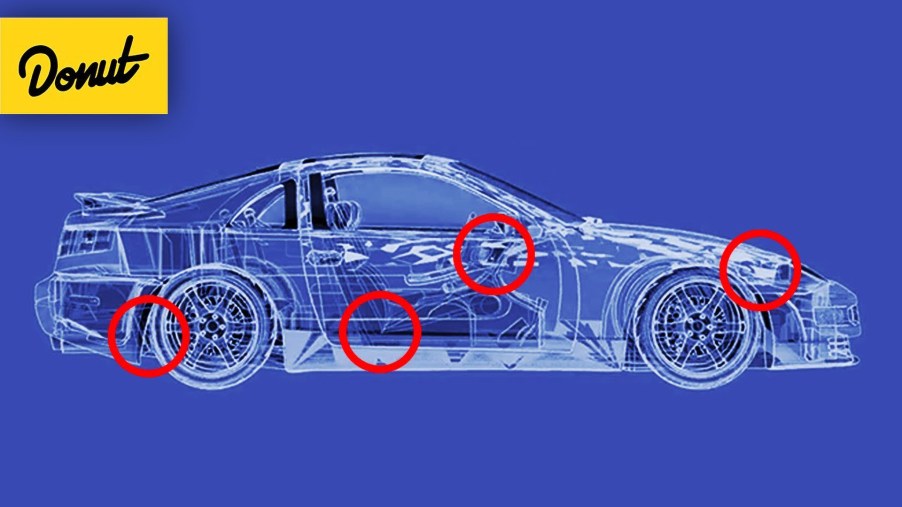
What Makes A Car ‘Fun’ To Drive? What is A ‘Driver’s Car’?
What makes a car fun to drive? What is a “driver’s car”? Expressions like that are often used in sports cars reviews. Especially when talking about cars like the BMW M3 or the Porsche 911. It is a way for the reviewer to complement the driving experience provided by a particular vehicle. But, what does it actually mean?
Asking someone what a “driver’s car” means to them will more than likely elicit words based on feelings like “visceral” and “confident.” There is nothing wrong with those descriptions in general but, what if someone is looking for more quantifiable answers?
According to the latest episode of “B2B” by Donut Media, the answers are all about communication.
Communication is the key in a driver’s car
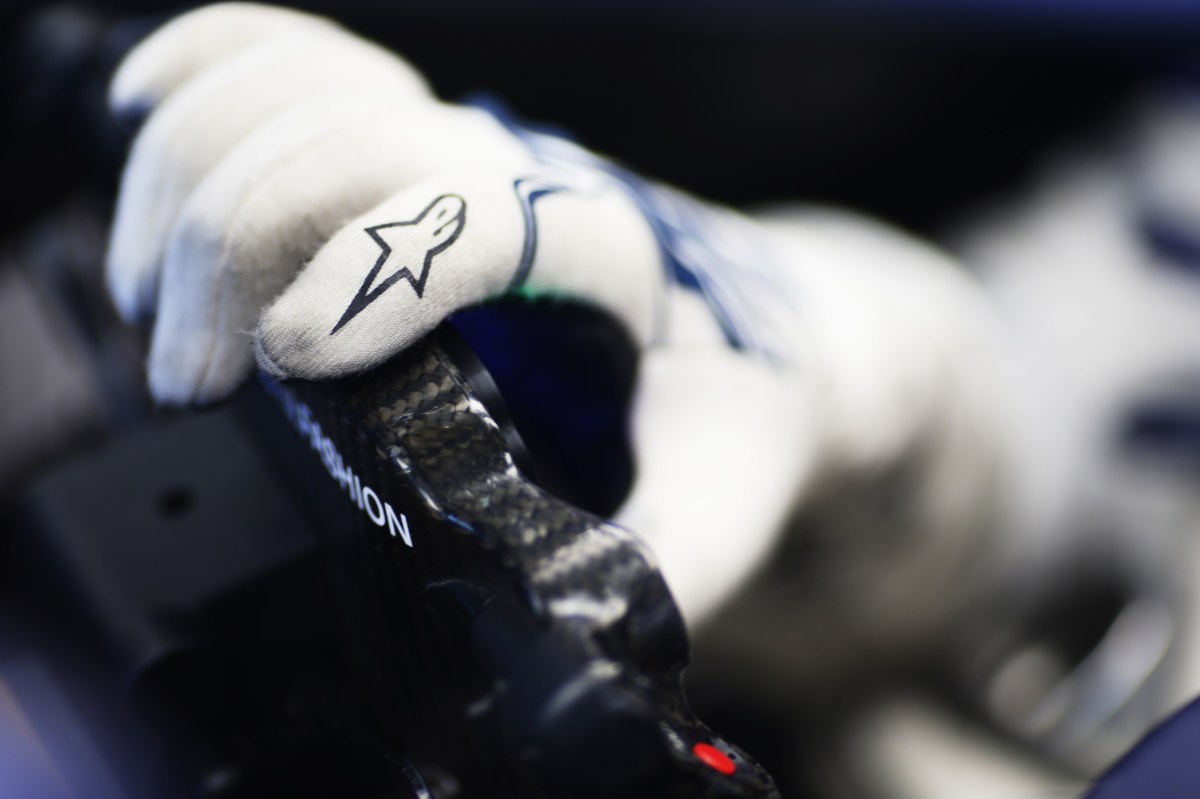
Like many things in life, communication is the crux of what makes a car fun to drive. The episode’s host Jeremiah Burton explains that one of the key elements of a driver’s car is the vehicle’s ability to communicate information to the driver. After all, the act of driving is the driver making inputs and then responding to any feedback received from the car.
Another way to explain is that communication is another way to describe how responsive a car is to the driver. In the Donut Media video, Jeremiah describes a few things that can make a vehicle more responsive to a driver and why they work.
It should have a good driver’s seat
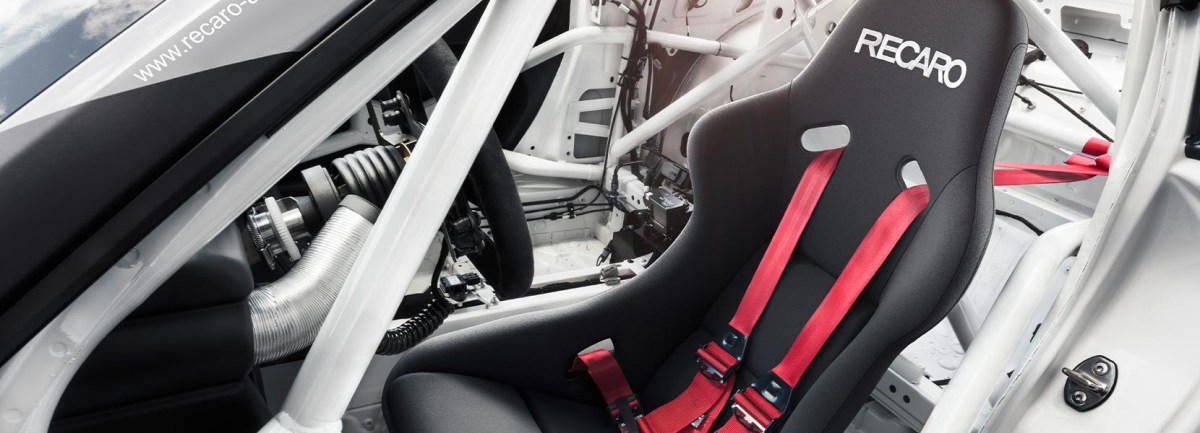
When the average buyer thinks about the car’s driver’s seat they are most likely considering how comfortable that seat is. Realistically most drivers spend the majority of their driving time on public roads and in traffic rather than on a race track. How can a driver’s seat improve a car’s communication and responsiveness?
The way a seat holds the driver is more important than most might realize. The reason why racing seats and the seats in sportscars are bolstered is to keep the driver as stable as possible during high-speed driving. This is for safety reasons but beyond that, when the driver is stable they worry less about trying to stabilize themselves and focus more on using their hands and feet to feel feedback through the throttle and steering wheel.
A driver’s car has a rigid chassis
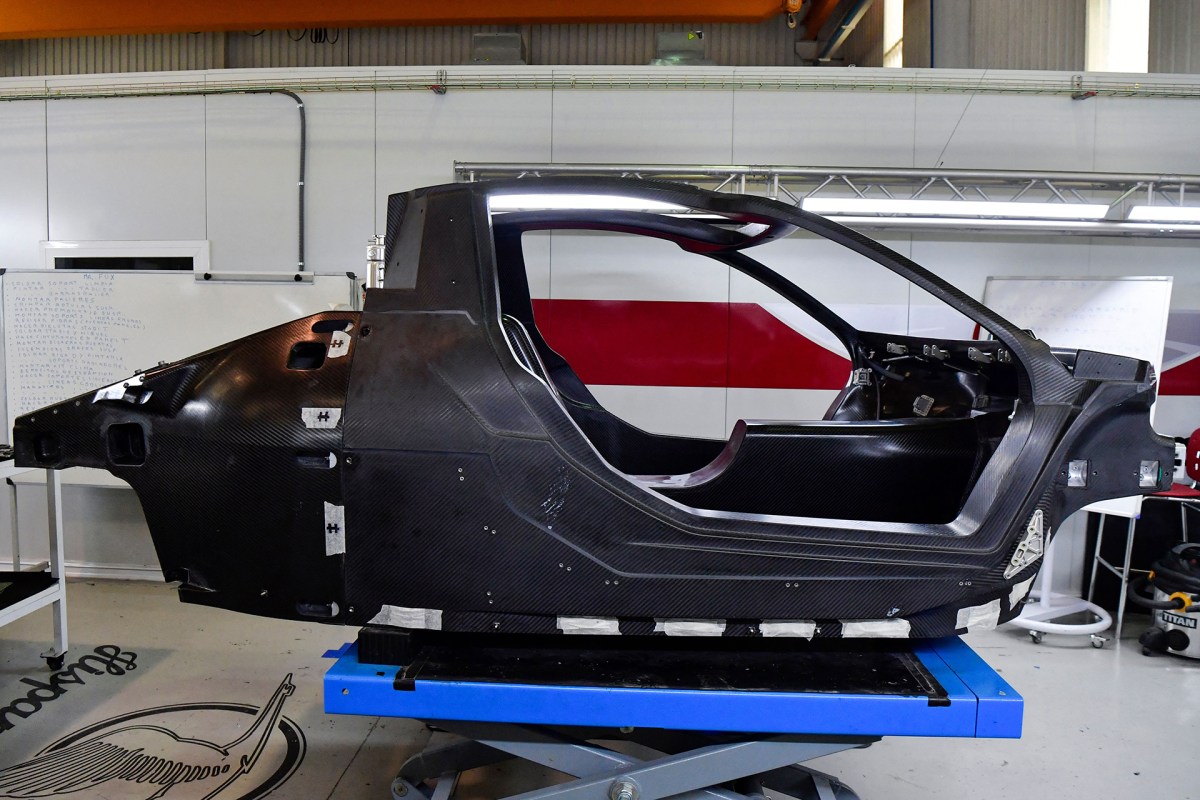
When making an input through the steering wheel, the faster the car responds, the better. Unfortunately, there are factors that can slow down steering response and feedback from a car. One culprit is “body flex.” Body flex is when a vehicle’s chassis literally bends or flexes when it is under load from cornering or acceleration.
Manufacturers solve body flex problems by increasing a chassis torsional rigidity. This is accomplished by adding extra bracing elements in strategic areas of the chassis to reduce any flexing. Though, care has to be taken not to go overboard because the more braces added the more the overall weight will increase.
It should have good throttle response
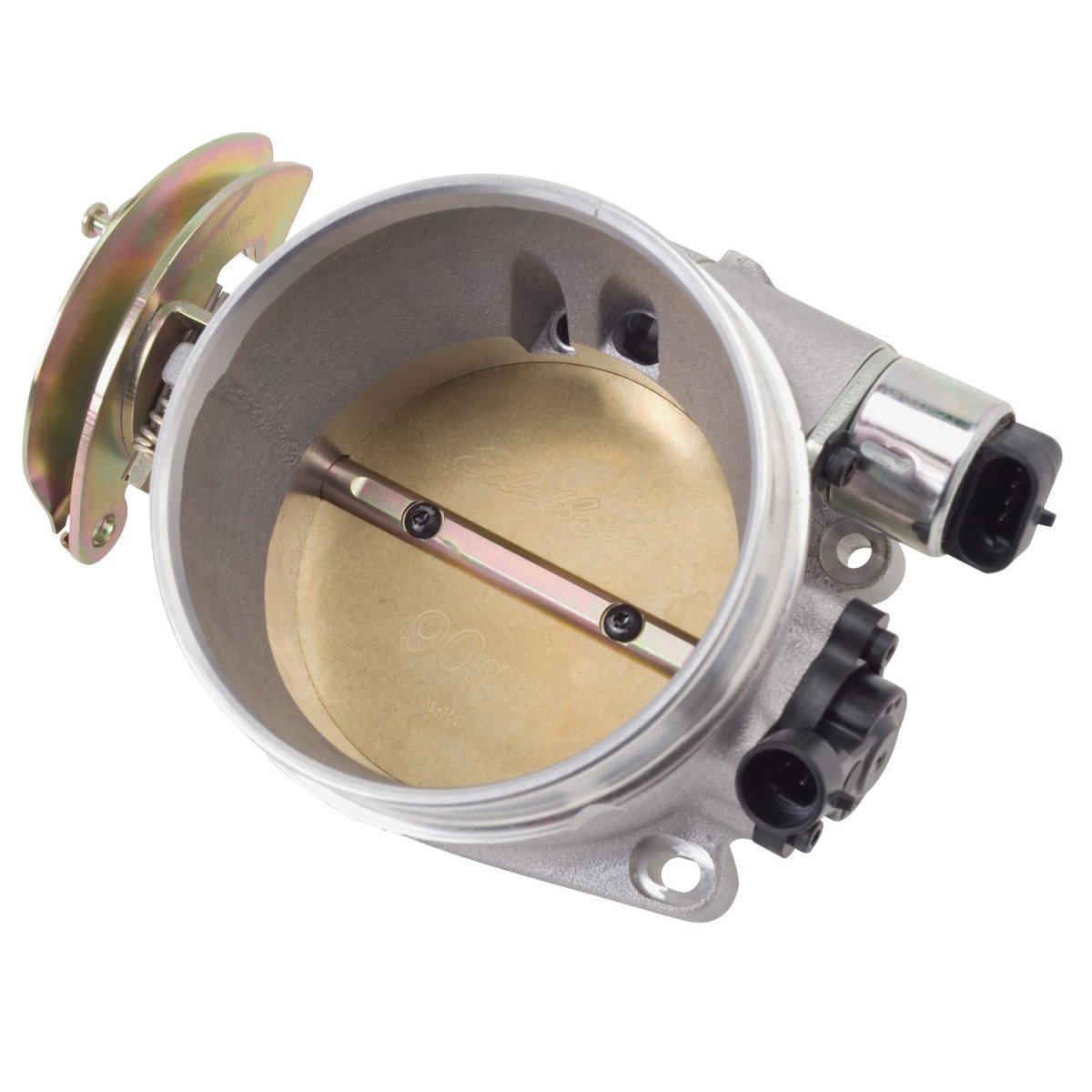
Nothing will dull the driving experience more than nothing happening when the throttle pedal is pushed. We’re exaggerating but there are certainly vehicles on the market that have delayed throttle response. In today’s landscape of throttle-by-wire design, sometimes we have to wait for the computer to decide when to open the throttle no matter how hard we stomp the pedal.
Delayed response can also happen in early model turbocharged cars. Turbochargers can take time to “spool” up and provide boost. That time is referred to as “turbo lag.” Due to turbo lag, supercharged or naturally aspirated cars generally have better throttle responses.
What makes a vehicle a ‘driver’s car’?
What makes a car fun to drive? The quick answer is “responsiveness.” The more responsive a car is to the driver the more that the driver can engage with the car. As explained in the Donut Media YouTube video, when the car and driver are engaging with each other quickly, then it makes for an overall better experience.


